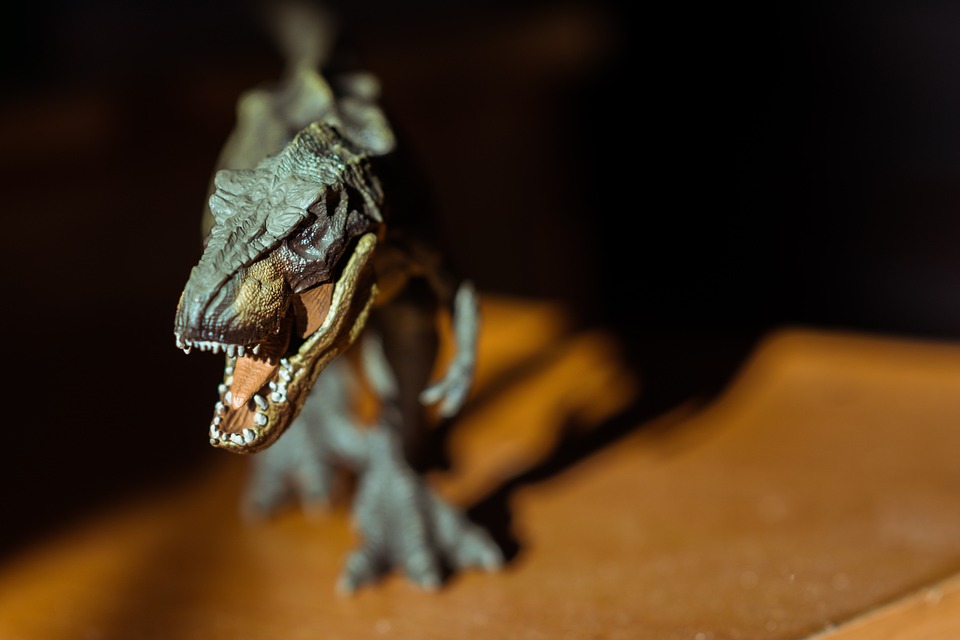Maintaining a healthy and thriving fish tank requires more than just regular feeding and water changes. It’s crucial for fish owners to pay attention to their fish’s behavior and observe any unusual actions. One common issue that fish enthusiasts may encounter is when their fish start rubbing against objects in their tank. This article aims to provide you with a comprehensive guide on how to recognize this behavior, identify potential causes, and address the problem effectively.
As an attentive fish owner, it’s essential to be aware of the typical behavior of your fish. When you notice your fish rubbing against objects, it’s a clear sign that something may be amiss. Look out for the following indicators:
1. Repetitive rubbing: If you observe your fish continuously rubbing against the tank walls, decorations, or substrate, it’s a cause for concern.
2. Visible physical changes: Check for any visible signs of injury, such as redness, inflammation, or abrasions on the fish’s body.
3. Itch-like behavior: Fish may display itch-like behavior by scratching themselves against objects in an attempt to alleviate discomfort.
4. Erratic swimming: Fish that are constantly rubbing against surfaces may exhibit erratic swimming patterns, appearing distressed or agitated.
To effectively address the issue, it’s essential to identify the root cause behind your fish’s rubbing behavior. Several factors may contribute to this behavior, including:
1. Parasitic infections: Fish can develop various parasitic infections, such as ich, flukes, or anchor worms, which cause intense itching and lead to rubbing against objects.
2. Poor water quality: Water parameters that are outside the recommended range, including high ammonia or nitrite levels, can irritate fish, leading to rubbing behavior.
3. Presence of irritants: Sharp or abrasive decorations, poor substrate choice, or rough tank edges can cause discomfort and provoke rubbing.
4. Skin irritation or infection: Fish may develop skin irritations or infections due to injuries, bacterial or fungal infections, or poor water conditions, leading to rubbing behavior.
Once you’ve identified the cause of your fish’s rubbing behavior, it’s crucial to take immediate action to alleviate their discomfort and promote healing. Here are some steps you can take:
1. Parasite treatment: If the rubbing is caused by parasitic infections, consult a veterinarian or aquatic specialist to determine the appropriate treatment, such as medicated baths or the use of anti-parasitic medications.
2. Water quality management: Regularly test your aquarium water and ensure it meets the prescribed parameters. Perform frequent water changes and use appropriate filtration systems to maintain optimal water quality.
3. Remove irritants: Inspect your tank for any sharp or abrasive objects that may be causing discomfort. Smooth rough edges, remove unsuitable decorations, or change the substrate to a more fish-friendly option.
4. Prevent skin infections: Keep the tank clean and maintain proper hygiene to minimize the risk of bacterial or fungal infections. Use water conditioners and bacterial additives to promote a healthy environment for your fish.
In conclusion, fish tank rubbing is a behavior that should never be ignored. By recognizing the signs, identifying the underlying causes, and taking appropriate steps to address the issue, you can ensure the health and well-being of your fish. Regular monitoring, maintaining optimal water conditions, and providing a suitable environment will go a long way in preventing fish tank rubbing and promoting a thriving aquarium.









